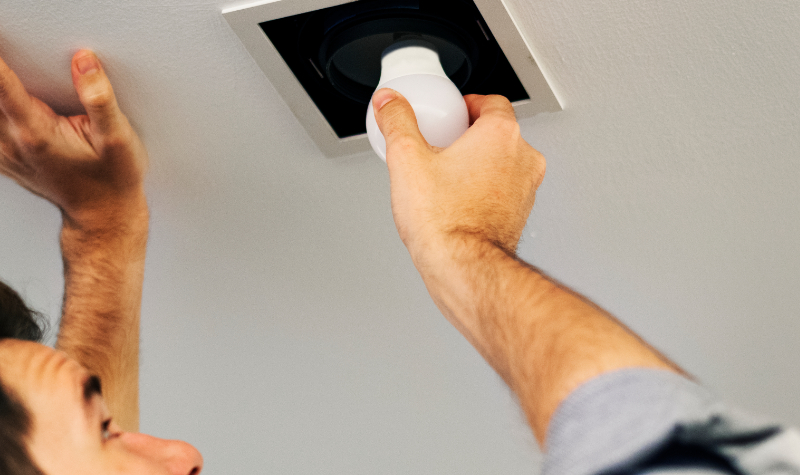
5 Tips for Reducing Your Business’s Overhead Costs
High overhead costs can have a significant effect on your business’s bottom line. The first step to reducing your business’s overhead costs is to set aside time to evaluate each type of overhead cost and assess ways in which you can reduce or entirely eliminate these costs. By decreasing your overhead costs, you are able to increase your gross profit and institute sustainable cost-effective strategies in the long-term.
Here are five ways that you can decrease your business’s overhead costs.
1) Automate Administrative Costs
Instead of hiring a full-time or part-time administrative assistant, consider automating your administrative tasks. Tasks like invoicing, appointment scheduling, client follow-up and other administrative tasks are very tedious and can easily be automated through softwares like Expensify, Seafile, Kisi etc. By automating your administrative tasks, you will be able to significantly lower salary/wage expenses and have a more effective digitized system in place for your business.
2) Consider Renting Equipment/Machinery Instead of Buying
While machinery and equipment may be necessary to carry out business operations, you may want to consider renting certain equipment/machines that are not critical in your day-to-day business. Equipment and machinery can be extremely expensive and on top of the cost to purchase these assets, you also have to account for the yearly depreciation of these assets, which decreases their overall value the longer you own/use them. There may be certain assets that you only use once a month and in this case, generally speaking, the use of this machine is not justified by its cost. By renting instead of buying, you may be able to pay for the machine only when needed,as opposed to buying it for a larger amount of money and having it sit idle a significant amount of the time.
However, renting is not always a better option than buying. In some cases, if you use the equipment frequently and are renting it each time, these rental costs may accumulate and add up to be more expensive than if you were to just buy the equipment from the beginning. Therefore, this requires a comprehensive analysis of the two alternatives to determine whether renting or buying is more cost-effective for your business.

3) Be Mindful of Utility Costs
Utility costs can accumulate quickly and become a major source of business expense. Typical utilities include electricity, gas, water, phone and internet service. These utility costs vary heavily based on the type of business you operate. Some businesses have extremely high utility costs, which is necessary for their business operations, while other businesses can operate with very low utility costs.
Ways to decrease your business’s utility costs include; embracing natural lighting during business operations, scheduling regular maintenance for heating and cooling equipment to ensure they run at maximum efficiency, purchasing energy efficient equipment and remembering to turn off lights and equipment as you exit the workplace.
4) Purchasing Environmentally Friendly Equipment
While eco-friendly equipment may have a higher upfront cost, they provide significant cost advantages in the long term. Generally eco-friendly equipment has a longer lifespan and as a result, this reduces the amount of repeat purchases. Eco-friendly alternatives consist of; LED light bulbs, “green” outlets and energy-saving power strips Additionally, consider going paperless to save costs and decrease your office clutter. By going paperless, you avoid spending money on paper, printers and ink cartridges. Overall, this will decrease your office supplies expense.

5) Evaluate your Office Space and Consider Downsizing
Commercial office spaces accumulate a large portion of overhead costs. Therefore, one way to decrease overhead costs is to reevaluate the size of your office and decide whether the size of your office aligns with your business needs. In some cases, businesses do not need as big of an office space as they rent/own. In addition to considering switching to a smaller office space, businesses can also consider whether a hybrid work from home work model approach is suitable for their business operations. By switching to a hybrid work model and downsizing your office space, you are able to significantly decrease your rent expense.
For small business owners, lower overhead costs typically means better profit margins and a boosted bottom line. Overhead costs are one area that can quickly drain revenues, but can be reduced with minimal risk. Therefore, finding ways to reduce these overhead costs can be extremely beneficial for the longevity of your business.

Here at Clear Insight, we aim to help your business’s financial position by implementing cost-effective solutions. Providing recommendations to reduce your business’s overhead costs is just one of the many things we do at Clear Insight.
For more personalized help, Contact our team of experts today!